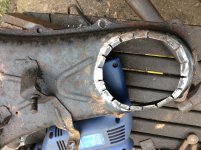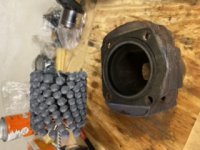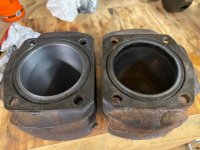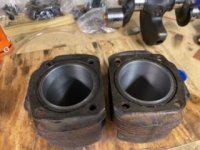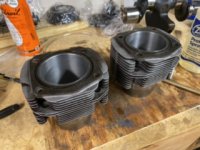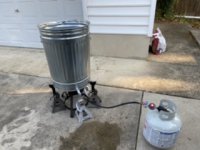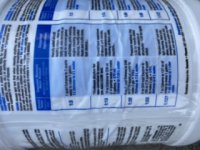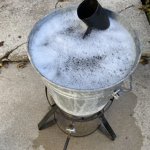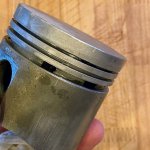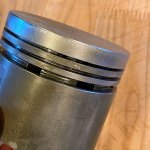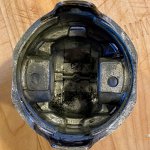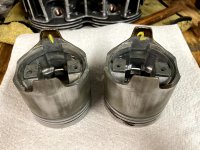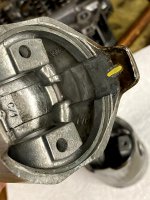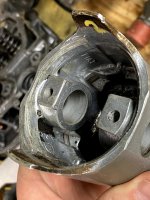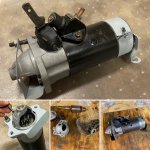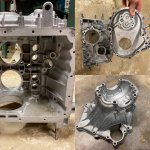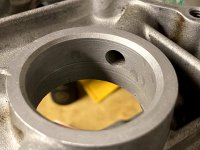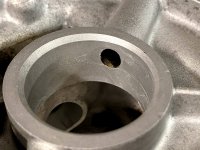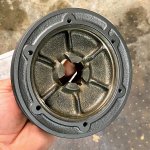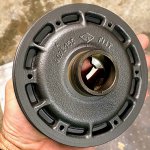the hobbler
Distinguished member
- Joined
- Jul 25, 2012
- Messages
- 4,067
- Points
- 1,011
The trick with the 2 phillips screws that hold the bearing housing to the crankcase is to use an "impact screwdriver". This is a screwdriver where you hold the screwdriver into the screw, twist the body of the screwdriver in the direction you want it to turn and then wack it with a large hammer (remembering to keep your fingers out of the way!). The impact loosens the screw and turns it in the direction you want it to go and at the same time forces the srewdriver head into the head of the screw. The replacement screws are 'cap-head' these days---if you want a couple, I will put some into the post to you.
With regard to the airfilter top, that is a common trick, and if you are fitting the twin-choke side-draught carbs, essential. I have a Dellorto FZD on my engine and to make it look neater, also taken the top of the filter housing off. I also removed the air 'scoop' underneath the top cover as it is no longer required. Agreed--much cheaper than the expensive alloy versions!
I will try and find a picture of the piping for the remote oil-filter that you are prposing to fit, although to be honest, you might just be surprised as to how efficient the standard 'centrifugal' filter is---they used the same system (and same size) on both the 600D the 850 engines.
With regard to the airfilter top, that is a common trick, and if you are fitting the twin-choke side-draught carbs, essential. I have a Dellorto FZD on my engine and to make it look neater, also taken the top of the filter housing off. I also removed the air 'scoop' underneath the top cover as it is no longer required. Agreed--much cheaper than the expensive alloy versions!
I will try and find a picture of the piping for the remote oil-filter that you are prposing to fit, although to be honest, you might just be surprised as to how efficient the standard 'centrifugal' filter is---they used the same system (and same size) on both the 600D the 850 engines.


